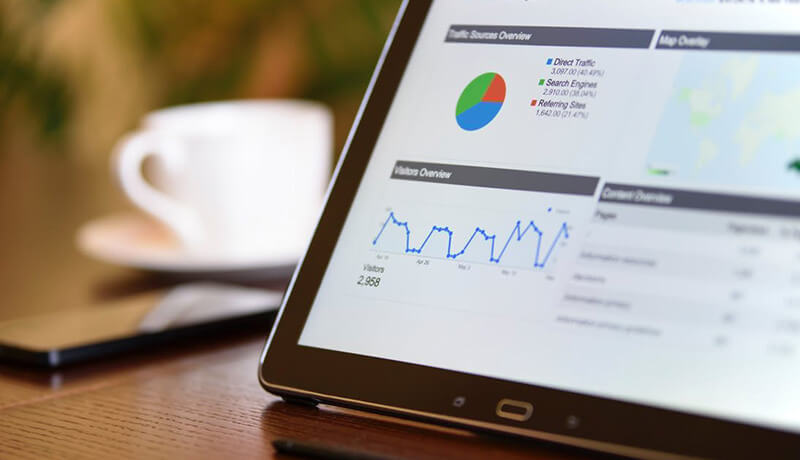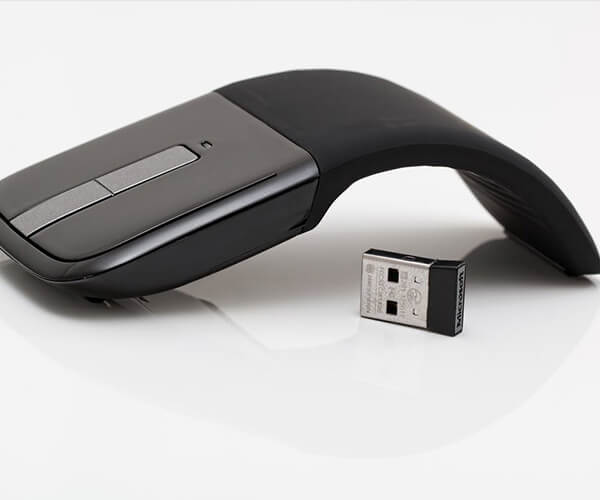

The Development Trends of Smart Cities: Exploring How Smart City Technologies Enhance Urban Quality of Life
Imagine a bustling metropolis where traffic flows smoothly, air quality is monitored in real-time, and public services are just a tap away on your smartphone. In this city, data-driven technologies work seamlessly to create an efficient, sustainable environment that enhances the quality of life for all residents. This vision is becoming a reality as cities around the globe embrace the concept of smart cities —urban areas that leverage technology and data analytics to improve infrastructure, services, and overall living conditions. This article explores the key trends in smart city development and how these innovations are transforming urban life.Understanding Smart Cities
A smart city integrates various technologies—such as the Internet of Things (IoT), artificial intelligence (AI), and big data—to optimize urban operations and enhance the quality of life for its residents. By collecting and analyzing data from sensors embedded in infrastructure, smart cities can make informed decisions that address pressing urban challenges such as traffic congestion, energy consumption, and public safety.The Components of a Smart City
- IoT Devices : Smart cities utilize a network of connected devices that gather data on various parameters, including traffic patterns, air quality, and energy usage. These devices enable real-time monitoring and facilitate responsive actions by city officials.
- Data Analytics : Advanced analytics tools process the vast amounts of data collected from IoT devices, providing insights that inform urban planning and policy-making.
- Artificial Intelligence : AI algorithms analyze data trends to optimize city services, predict maintenance needs, and enhance public safety measures.
- Citizen Engagement Platforms : Mobile applications and online portals allow residents to access information about city services, report issues, and participate in civic activities.
Enhancing Urban Mobility
Intelligent Transportation Systems
One of the most significant impacts of smart city technology is on urban mobility. Intelligent transportation systems (ITS) utilize real-time data to improve traffic management and public transportation efficiency.- Dynamic Traffic Management : Cities like Los Angeles have implemented advanced traffic management systems that monitor real-time traffic conditions across hundreds of intersections. By adjusting traffic signals based on current flow patterns, these systems can reduce congestion and improve commute times by up to 20%.
- Public Transit Optimization : Smart transit solutions provide commuters with real-time information about bus and train schedules, enabling them to plan their journeys more effectively. For example, apps that track vehicle locations help reduce wait times and enhance user experience.
Sustainable Transportation Options
Smart cities also promote sustainable transportation methods such as bike-sharing programs, electric vehicle (EV) charging stations, and pedestrian-friendly infrastructure.- Bike-Sharing Programs : Cities like Amsterdam have successfully integrated bike-sharing systems into their urban transport networks, reducing reliance on cars and lowering emissions.
- Electric Vehicle Infrastructure : As cities transition to greener transport options, the installation of EV charging stations becomes crucial. Smart grids can manage electricity demand efficiently while supporting renewable energy integration.
Promoting Environmental Sustainability
Energy Efficiency Initiatives
Smart cities prioritize energy efficiency through the implementation of smart grids and building automation systems that optimize energy consumption.- Smart Grids : These advanced electrical grids use IoT technology to monitor energy usage in real time, allowing for better demand response strategies. By integrating renewable energy sources such as solar or wind power, smart grids can significantly reduce carbon emissions.
- Building Automation : Smart buildings equipped with sensors can automatically adjust heating, cooling, and lighting based on occupancy levels. This not only enhances comfort but also leads to substantial energy savings.
Air Quality Monitoring
To combat urban pollution, smart cities deploy air quality sensors that provide real-time data on environmental conditions.- Public Awareness : By sharing air quality information through mobile apps, residents can take proactive measures to protect their health during pollution spikes. For instance, Beijing successfully reduced airborne pollutants by 20% within a year by closely monitoring pollution sources and adjusting traffic regulations accordingly.
Enhancing Public Safety
Surveillance and Emergency Response
Smart technologies enhance public safety through improved surveillance systems and emergency response capabilities.- Integrated Surveillance Systems : Cities are increasingly using AI-powered cameras that can detect unusual activities or potential threats in real time. This technology enables law enforcement agencies to respond more quickly to incidents.
- Emergency Response Optimization : Data analytics can predict high-risk areas for emergencies based on historical data, allowing city planners to allocate resources more effectively.
Fostering Community Engagement
Citizen-Centric Platforms
Smart cities prioritize citizen engagement by providing platforms for residents to interact with local government services easily.- Mobile Applications : Many cities have developed apps that allow residents to report issues such as potholes or broken streetlights directly to city officials. This fosters a sense of community involvement and ensures that concerns are addressed promptly.
- Civic Participation : Online platforms facilitate public discussions about urban planning initiatives or policy changes, ensuring that citizens have a voice in decisions affecting their lives.
Challenges Ahead
While the potential benefits of smart cities are significant, several challenges must be addressed:Digital Divide
The implementation of smart city technologies must consider equitable access for all residents. Ensuring that marginalized communities have access to digital tools is crucial for preventing further inequalities in urban living conditions.Data Privacy Concerns
The extensive data collection inherent in smart city initiatives raises important questions about privacy and security. City officials must establish robust policies to protect citizens' personal information while leveraging data for public good.Integration with Existing Infrastructure
Many cities face challenges in integrating new technologies with legacy infrastructure systems. Strategic planning is necessary to ensure smooth transitions without disrupting essential services.Conclusion
The development trends in smart cities represent a transformative shift in how urban areas operate and serve their residents. By harnessing technology to enhance mobility, promote sustainability, improve public safety, and foster community engagement, smart cities hold the promise of creating more livable environments for all citizens.As we move towards an increasingly interconnected future, it is essential for city leaders to navigate the challenges associated with these advancements thoughtfully. By prioritizing inclusivity and transparency while leveraging innovative technologies, we can build smarter cities that not only improve quality of life but also pave the way for sustainable urban growth in the years to come. The vision of a seamlessly connected urban landscape is within reach—a reality where technology enhances our daily lives while fostering vibrant communities ready to face future challenges together.
Share
Rewrite
Scroll to Top







